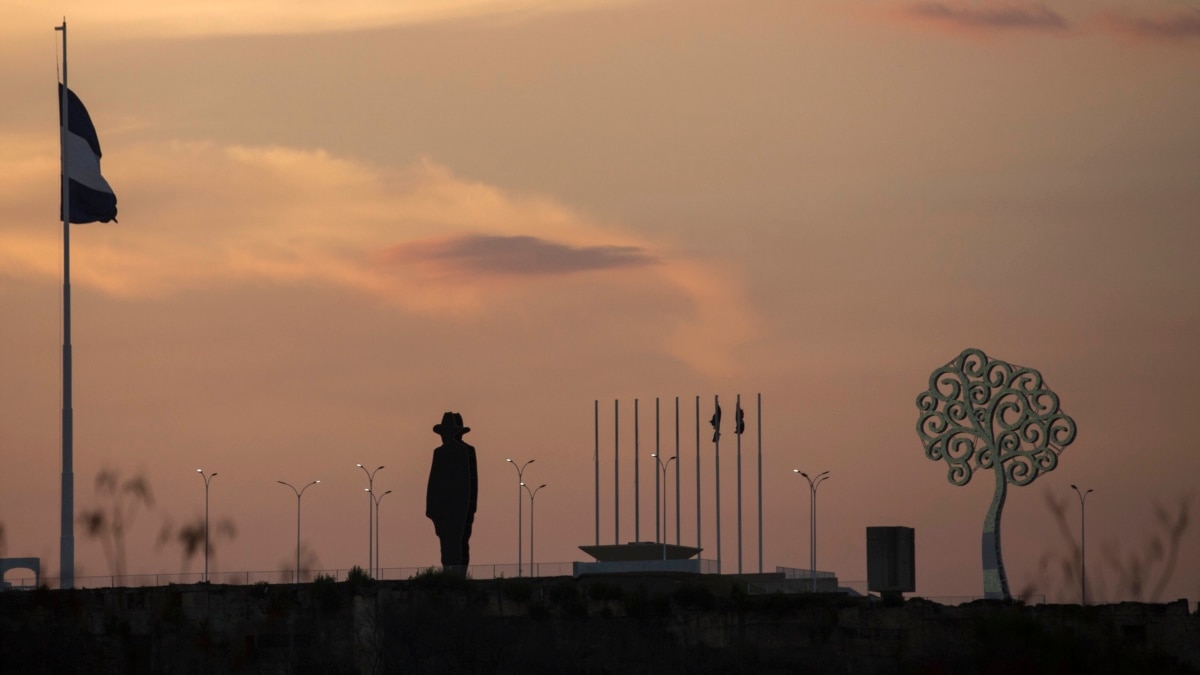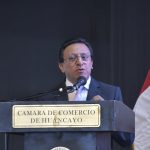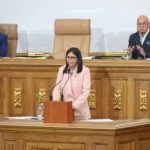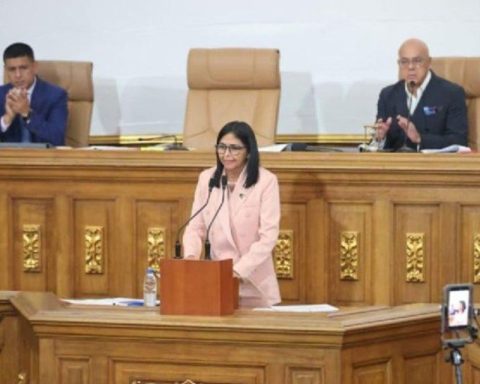At least 16 huge metal structures known as “trees of life,” symbols of power of Nicaraguan Vice President Rosario Murillo, have been placed in Managua and other parts of the Central American country, authorities said in a statement.
The reinstallation of the metal trees took place after they were torn down in protests against the government of President Daniel Ortega in 2018 and some were burned, leaving only a few standing protected by police forces.
The Nicaraguan government said the metal trees would be installed on the eve of the 45th anniversary of the Sandinista Revolution, which falls on July 19, but beyond that, what do the so-called trees of life represent and why are they said to be “symbolic” of the power of Vice President Rosario Murillo?
It all began in 2013 and they were initially placed in emblematic places in the capital by order of Rosario Murillo, who has served as vice president of Nicaragua since 2017.
The reason they were initially put up was to commemorate the 34th anniversary of the Sandinista Revolution, but it was later said that they would be left up permanently to “beautify Managua” and “illuminate it.”
According to Vice President Murillo, the metal trees represent “life” but also “hope and faith” of the Nicaraguan population.
But there are those who claim that it is an “expression of Murillo’s philosophical beliefs,” such as Marlon Segura, a non-verbal analyst and coach at the University of Costa Rica.
According to the analyst, the vice president of Nicaragua seeks to communicate her ability to do “great things” through these giant trees, so that people interpret them as a symbol of progress, modernity, and joy.
“The chayo palos create a fantasy world, an unreal world in which every day in Nicaragua seems to be Christmas,” says the analyst.
The trees of life measure approximately 15 to 20 meters in height and weigh 7 tons.
The approximate cost of each tree is $20,000, not including energy and security costs, according to local media estimates, a cost questioned because Nicaragua is one of the poorest countries in the region, after Haiti.
“For some, [estos árboles] “They can be seen as a symbol of celebration of the triumph of the Sandinista revolution, while for others it could mean a waste of public resources, an offensive luxury in a country with multiple unresolved needs,” says Segura.
María Teresa Blandón, a Nicaraguan sociologist and director of the organization La Corriente, explains that the trees of life originally symbolize “hope for humanity” since they show that “they can have many branches that speak of diversity” and even “deep roots that connect with the earth”; however, in her opinion, the metal trees created by Vice President Rosario Murillo have a totally different symbolism.
“These are hard, monolithic, and anti-ecological structures that mean a lot of electricity consumption when there are communities that require it. It is an act of arbitrariness where their aesthetics are imposed and not those of Nicaraguan society. It symbolizes authoritarianism because public resources are used to impose a grotesque representation.”
The trees of life have thousands of candles that consume a lot of energy. The Nicaraguan newspaper La Prensa calculation that nine “arbolatas” consume the energy needed for 900 homes per month, according to unofficial calculations.
Tin trees are almost omnipresent in the historic center of Managua, the capital of Nicaragua, and have been erected on major avenues such as the Hugo Chávez Rotunda, which was built in honor of the late Venezuelan president.
Trees of life have also been installed near historical monuments with special political significance, such as in the shade of the figure of the Nicaraguan hero Augusto César Sandino.
Connect with the Voice of America! Subscribe to our channels Youtube, WhatsApp and to newsletter. Turn on notifications and follow us on Facebook, X and Instagram.
















